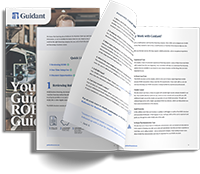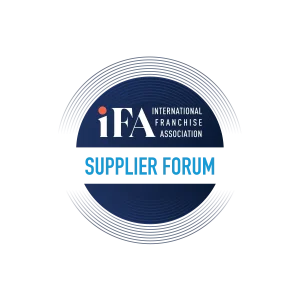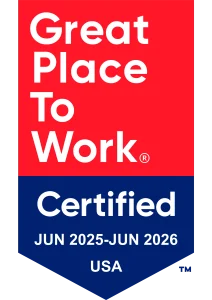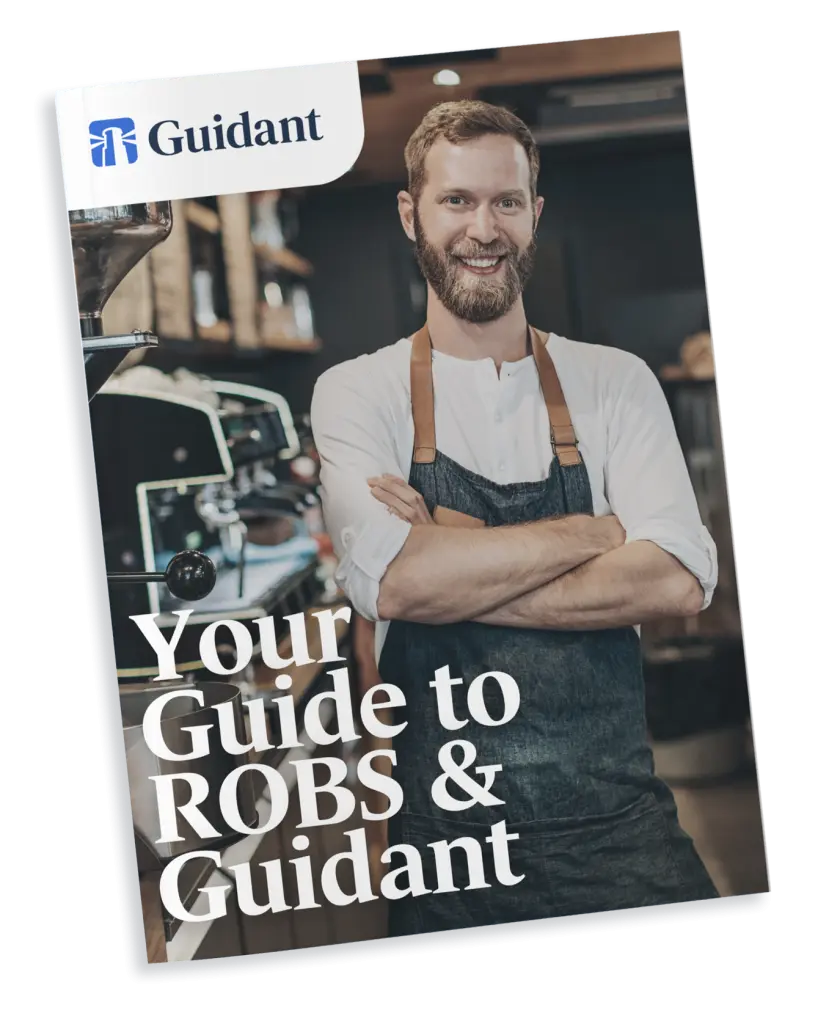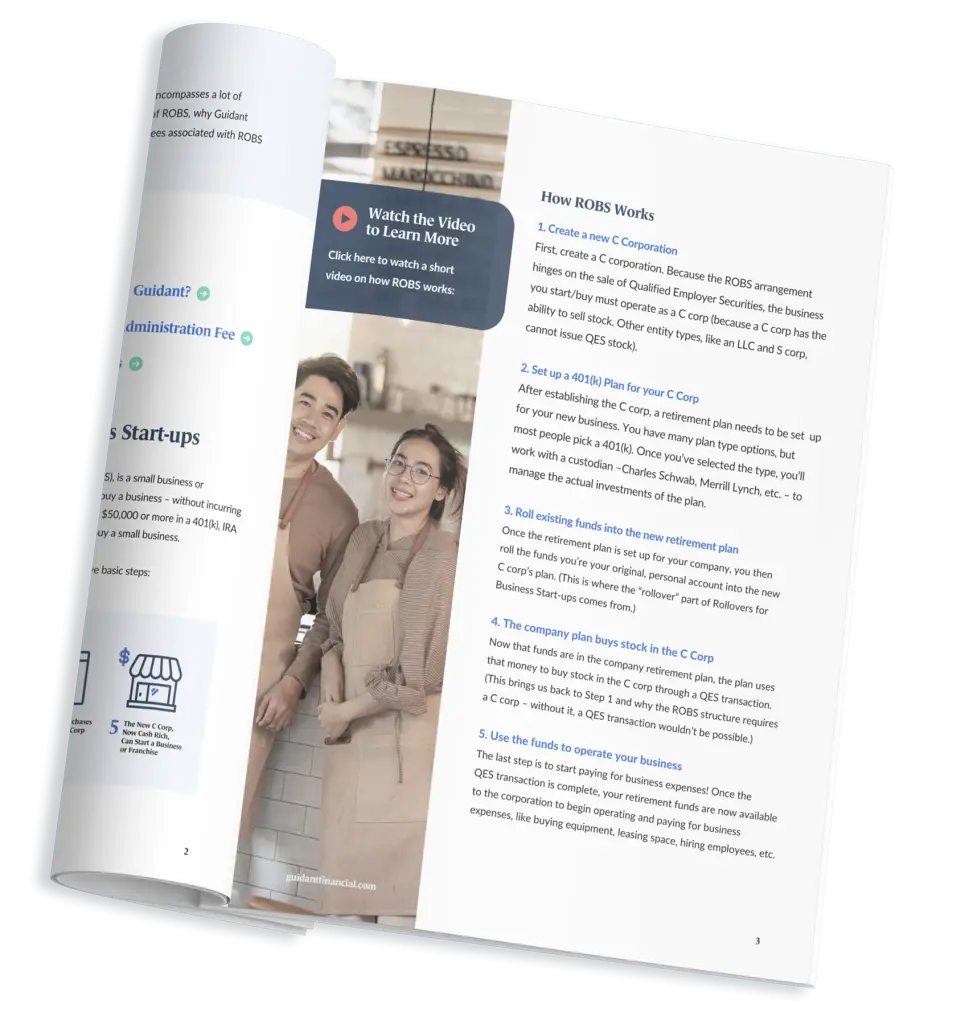Rollovers for Business Startups (ROBS) is a funding method that provides small business owners with flexible and debt-free financing. ROBS utilizes your own retirement savings or funds, such as those in a 401(k), Individual Retirement Accounts (IRAs), or other qualified retirement plans.
Whether you’re considering using ROBS funding now — or you’ve already leveraged ROBS for your business — there comes a time when you’ll want to consider leaving your ROBS plan. But what’s the best ROBS exiting strategy?
ROBS Plan Setup Basics
Since initiating ROBS funding requires a very specific set of steps, so does the exiting ROBS. Let’s briefly review how a ROBS plan is established. First, you set up your business as a C Corporation (C Corp) and establish a new retirement plan (open to you and all other employees in it), usually a 401(k). (That’s why ROBS is also known as 401(k) funding.) You then roll over your retirement funds into the new company’s retirement plan to avoid triggering taxation on your funds. The new 401(k) then purchases shares in the C Corp., where you can access the funds for a wide range of business purposes. Watch our Everything You Need to Know About ROBS Webinar a detailed breakdown.
How does Rollovers for Business Startups (ROBS) work? Explore the ins and outs of ROBS — and its structure — in our Complete Guide to How ROBS Works.
Considering Your ROBS Exiting Strategy
Given the specific setup required for ROBS funding, what happens if you want to exit ROBS? Well, there are also specific steps you must incorporate into your exiting ROBS strategy! Failure to complete the dissolution of ROBS appropriately can lead to fines from the IRS and potentially fines and sanctions from other government agencies, such as the Department of Labor.
Because of the complexity, you’ll want to enlist professionals in your exit strategy. Your ROBS plan administrator will undoubtedly need to be involved — and it’s highly advisable to engage the services of an experienced accountant and an attorney as well. Let’s look at some more reasons why you’ll need a ROBS exiting strategy if you’re considering using or currently using ROBS funding for your business needs.
Remember: At Guidant — America’s number one leading ROBS provider — our 401(k) Plan Administration team can help you exit your ROBS plan seamlessly.
Why You Need an Exiting ROBS Strategy

Having a ROBS exiting strategy is essential for entrepreneurs who’ve utilized retirement funds to finance their businesses. The ROBS structure — while advantageous for startup and small business financing — comes with its own set of regulations and potential tax implications. As the business matures or if circumstances change, you might need to repurchase their stock, dissolve the business, or seek other financial avenues.
An effective exit strategy ensures that business owners can navigate these transitions smoothly, comply with all legal and financial requirements, and protect their retirement assets from unnecessary penalties or tax burdens. Let’s look at why a business owner might want to exit ROBS. There are several potential scenarios:
- Your business is doing well, and you’ll continue to run it. Still, you’d prefer the ROBS funds back in your retirement account rather than funding the company.
- Your business is doing well, and you want to sell it, either as a whole or sell off specific assets.
- Your business is doing well, but you’ve determined that another type of corporate structure would be more advantageous than a C Corp.
- Your business is failing, and you must close.
What is ROBS, anyway? Here’s a simple break down Rollovers for Business Startups (ROBS) in a nutshell — from its core benefits to potential drawbacks.
Exiting ROBS Strategy Overview

Your exiting ROBS strategy can be a critical decision — and that’s why it’s important to understand the available pathways. Two prevalent ROBS exit strategies stand out: a buyback termination and insolvency termination. The buyback termination involves the business owner repurchasing their stock from the retirement plan, essentially removing the ROBS structure. Learn more about how exiting the ROBS structure works here.
On the other hand, an insolvency termination occurs when a business fails and becomes insolvent, leading to the dissolution of the ROBS arrangement. Let’s take a closer look at the nuances of a buyback and insolvency termination:
A Buyback Termination
Although there are four scenarios here, there are just two basic ROBS exit strategies. The first is usually known as a buyback termination. As the term implies, in a buyback termination, you buy back the company stock you used ROBS to purchase. You then have your funds back (Scenario 1). You can also proceed with selling all or part of your business unencumbered by ROBS requirements because ROBS will no longer be in effect (Scenario 2).
A buyback termination also covers Scenario 3. Businesses frequently change their entity type. Let’s say you want to scale back and become a sole proprietor or incorporate as an S Corp to reap the pass-through taxation possible with an S Corp but not a C Corp.
ROBS will only work legally with a C Corp. If you determine at some point that another business type is more advantageous than a C Corp, you will have to dissolve ROBS, because you cannot change to another business entity type (an S Corp, a partnership, a limited liability corporation, or a sole proprietorship) and retain ROBS, per the IRS.
To utilize ROBS, your business needs to be registered as a C Corp. But what is a C Corp and how does it work? What benefits does it bring to a business? Discover C Corps here.
An Insolvency Termination
The second type of ROBS exit is known as an insolvency termination. If your business is failing and you must close its doors (Scenario 4), an insolvency termination is the company’s ROBS exit strategy.
Note that closing your company itself does not eliminate any ROBS requirements, such as filing annual forms with the IRS. You’ll still be legally obligated to comply with ROBS requirements until you exit ROBS appropriately, even if the business has closed its doors. The IRS will fine you until you exit.
Examples of Exiting the ROBS Structure
Let’s look at two hypothetical examples of a business exiting the ROBS structure with two different examples: one, a successful buy back scenario, and the second an insolvency termination.
Example: Sunshine Baking Co. utilized a Rollovers for Business Startups (ROBS) plan to finance its startup operations, drawing $500,000 from the founder, John’s, 401(k) plan.
Example 1: Successful Buy Back
After five years of steady growth, John decides he’s ready to exit and sell his company. Thanks to sound business decisions and market demand, Sunshine Baking Co. is now valued at $1.5 million. With a buyback strategy, John can purchase the shares back from the 401(k) at their current fair market value, providing a substantial return on the initial investment. Here, the value proposition is clear: the ROBS plan facilitated not just the initial startup but also the impressive growth, resulting in a threefold increase in the business’s value.
Price: The current value of the company ($1.5 million) is valued greater than the purchase price.
Value: 3x business valuation or $1MM gained in business value.
Example 2: Insolvency Termination
In an alternate universe, Sunshine Baking Co. faced insurmountable challenges, resulting in declining sales and mounting debts. After struggling for five years, the company’s value has plummeted to just $150,000. In this situation, if John decides to terminate the ROBS arrangement due to insolvency, the 401(k) would be left with assets significantly reduced in value.
Price: $150,000 (the diminished value of the company due to insolvency)
Value: A significant loss of the initial investment.
The comparison illustrates the varying outcomes of a ROBS Exiting Strategy and underscores the importance of due diligence, market research, and robust business practices when leveraging retirement funds for business financing.
Trouble in business paradise? You’re not alone. Discover the 7 Common Small Business Problems and Their Solutions.
Your 6-Step ROBS Exiting Strategy

Both the buyback and insolvency termination processes within the ROBS structure share the same primary six steps. This congruence simplifies the transition for business owners, regardless of which exit path they choose.
Whether you’re repurchasing stock or facing the unfortunate event of insolvency, adhering to these steps ensures that you’ll meet all regulatory requirements, avoid potential tax pitfalls, and safeguard your retirement assets. So, lets dive into the general six steps you’ll want to follow for a smooth ROBS exiting strategy:
1. Call the Guidant Plan Administration Team
Because both buyback terminations and insolvency terminations are complex, contacting your Guidant ROBS Plan Administration Team is a necessary first step. Discuss your specific situation and reasons for wanting to exit ROBS. The Plan Administration Team will provide you with written instructions on how to proceed and actionable next steps.
2. Determine the Value of Your Company’s Stock
The Plan Administration Team will give you specific instructions for valuing your company stock. Valuing the stock is a necessary first step before you can actually buy it back, as it determines the price.
If you’re closing the company’s doors, it’s likely that you’re insolvent or close to it. Insolvency generally means that the share price has fallen to zero. You’ll need to submit financial reports (balance sheets, cash flow statements and income statements) that show the degree of insolvency. Once that’s determined, any company 401(k) plan assets are distributed to those who participated in it. After the distribution, the 401(k) dissolves. You will need to follow all the steps below to exit ROBS.
3. Complete the Buyback and Plan Termination Requirements

Your Plan Administration Team will give you specific steps that need to take place to complete a buyback or an insolvency termination and to actually terminate the company 401(k) plan. Since these steps vary greatly, it’s important to meet with the Plan Administration Team to review these details. Generally, the requirements include reviewing the plan for compliance, updating the stock ledger, and fulfill any additional requirements depending on your company’s specific circumstances.
4. Finalize the Stock Buyback
Once the stock is valued or the business is sold, you can move forward with repurchasing the stock from the 401(k) plan established initially with ROBS. You’ll need to create a 401(k) bank account unless the company is insolvent or an in-kind distribution is completed (in which case funds do not move). The funds are moved from the corporate operating account into the newly created 401(k) bank account — and can eventually move into an IRA if you wish.
5. Complete Required Year-End Documentation
Once the stock buyback is complete and the Plan Administration Team has reviewed the paperwork, you’ll need to complete all the required year-end documentation. You’ll receive a detailed list of the requirements to be completed and returned to the Plan Administration Team. This documentation may include appraisal, updated stock ledger, account statements, employee details, and financial statements.
6. Close the Company 401(k) and File Your Final IRS Form 5500

The company 401(k) must be officially and legally closed. In this process, you will need to work closely with your Plan Administrator to help you understand the details.
In addition, IRS Form 5500, the Annual Return/Report of the Employee Benefit Plan, must be filed annually by the employer of a benefit plan covered by the Employee Retirement Income Security Act of 1974 (ERISA). It provides information on the plan qualification, investments, finances, and operations. You must file a Form 5500 for the last year to complete your exit strategy.
Again, even if you close the business and don’t have a single employee or dollar of operating income, the IRS will view you as having an active company 401(k) plan until they receive the final Form 5500.
Once you complete this final step, congratulations! You’ve completed your ROBS exit plan.
Learn more about how to exit ROBS the right way in our Exiting ROBS Structure and Overview Complete Guide.
Easy ROBS Exit Strategy with Guidant

Now you know how to exit your ROBS plan in six steps. As the #1 ROBS provider in America, Guidant Financial’s team of experts knows the ins and outs of 401(k) business financing — so whether you’re looking to start or exit your ROBS plan, rest assured we’ll get you there.
Let our decades of experience and professionals help. Whether you’re looking for a partner in business financing or dissolving your ROBS plan, our team can help you and your business meet its goals.
Call us today at 425-289-3200 for a free, no-pressure business consultation to get started — or pre-qualify in minutes for business financing now!

“I owe a sense of gratitude to Guidant for helping me get here. It was a turning point for us moving forward.”
— Stephen Such, Falling Sky Brewing
Read the stories of REAL small business owners who work with Guidant.



